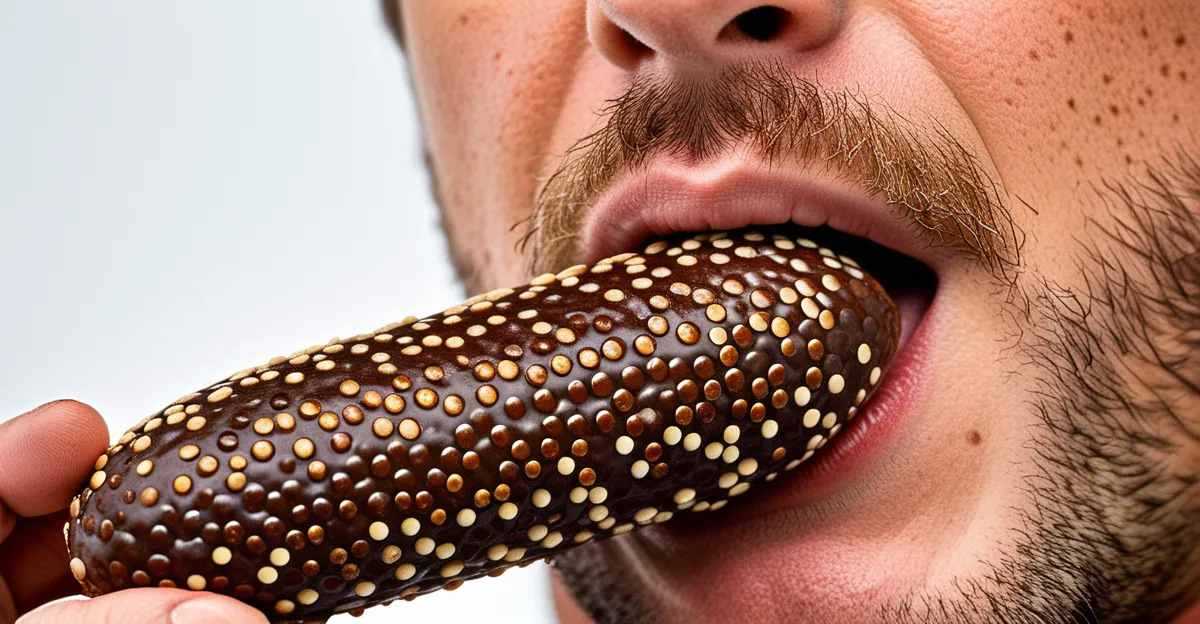Essential Ingredients and Their Role in Texture
The traditional spotted dick ingredients—suet, flour types, and dried currants—are crucial for achieving the ideal texture in this classic British dessert. Suet is key for a light, tender crumb; its high fat content helps create a moist, rich pudding by lubricating the flour proteins and preventing toughness. Choosing high-quality, fresh suet ensures the best texture, as rancid or low-fat substitutes can lead to dense results.
Flour choice also profoundly impacts texture. Plain flour is commonly used to balance structure and softness, while self-raising flour can add a slight lift but risks over-risen, crumbly pudding. Using the best flour available contributes to a consistent, even crumb in the finished dish.
Also read : How Can Traditional British Dishes Be Innovatively Adapted for Modern Palates?
Preparing dried currants or sultanas involves rinsing and sometimes soaking them briefly. This practice aids in even distribution throughout the mixture and prevents these fruits from clumping or drawing excess moisture from the batter. Properly hydrated currants maintain their plumpness, contributing both texture and bursts of sweetness without sogginess.
Together, these ingredients balance moisture and crumb structure, ensuring the pudding remains soft and spongy rather than dry or dense—hallmarks of excellent spotted dick.
Have you seen this : How can you prepare a classic bubble and squeak with leftover vegetables?
Mixing Techniques for a Consistent Crumb
Achieving an even mixing process is essential when handling traditional spotted dick ingredients to ensure a consistent crumb. Begin by thoroughly blending the suet and flour types; this prevents the formation of dry pockets and integrates fat uniformly. Over-mixing risks activating gluten excessively, which can create a dense dough rather than the desired light texture.
When incorporating dried currants or sultanas, sprinkle them over a small amount of flour before folding in. This simple step promotes even distribution and impedes clumping or sinking, making sure that the sweetness and texture are balanced throughout the pudding.
Mix gently but thoroughly—combine wet and dry ingredients until just incorporated. Resist the urge to overwork the batter, as this leads to a tough crumb by tightening the gluten network. Using a folding technique rather than vigorous stirring helps maintain tenderness and moisture.
Ultimately, mastering mixing spotted dick is about striking a balance: blend enough to unite ingredients while preserving the delicate crumb structure. Attention to these details means the pudding will steam evenly, yielding a moist, spongy texture prized in classic British desserts like spotted dick.
Steaming Process for Lightness and Moisture
The steam cooking spotted dick method is vital for achieving its signature moist and airy texture. Proper preparation starts with greasing the pudding basin thoroughly and covering it securely with parchment paper and foil to prevent water ingress. This step is essential to keep the pudding intact and prevent sogginess in classic British desserts.
Control of steaming time and temperature ensures even heat penetration without overcooking. Typically, steaming for around 1.5 to 2 hours over gently simmering water allows the suet and flour types to set properly, creating a light crumb while retaining moisture. Too high a heat risks drying out the pudding or causing cracking.
To check doneness, use visual and tactile cues: the pudding should spring back gently when touched and a skewer inserted in the center should come out clean. If the skewer shows wet batter, additional steaming is required. Avoid lifting the lid too often during cooking as heat escapes and prolongs steaming time.
Mastering these steaming methods is essential for maintaining the tender, moist qualities that define spotted dick. It delicately balances moisture with a firm yet soft crumb, highlighting the role of the traditional spotted dick ingredients.
Common Texture Issues and How to Prevent Them
Addressing spotted dick troubleshooting starts with understanding common texture pitfalls like dryness, heaviness, and sogginess in pudding. Dryness often results from over-steaming or using low-fat suet substitutes, which reduce moisture retention. To avoid dryness, use fresh, high-quality suet and adhere strictly to recommended steaming times, preventing the pudding from drying out.
Sogginess in spotted dick usually occurs when water seeps into the basin due to insufficiently sealed covers or overly long steaming. Following proper steaming methods—such as securing the pudding basin tightly with parchment paper and foil—helps keep the pudding moist but not wet. Avoid uncovering the pudding mid-steam, as this causes heat loss and uneven cooking, leading to soggy spots.
Heavy or dense texture can come from over-mixing, activating gluten excessively. To prevent this, practice even mixing by folding ingredients gently and combining until just integrated. Balancing moisture and crumb structure depends on these careful techniques of ingredient handling and steaming control. Mastering these adjustments ensures a tender, light spotted dick, true to classic British desserts.











